Home>Maintenance & Safety>Safety Equipment & Products>How To Childproof Cabinets Without Handles
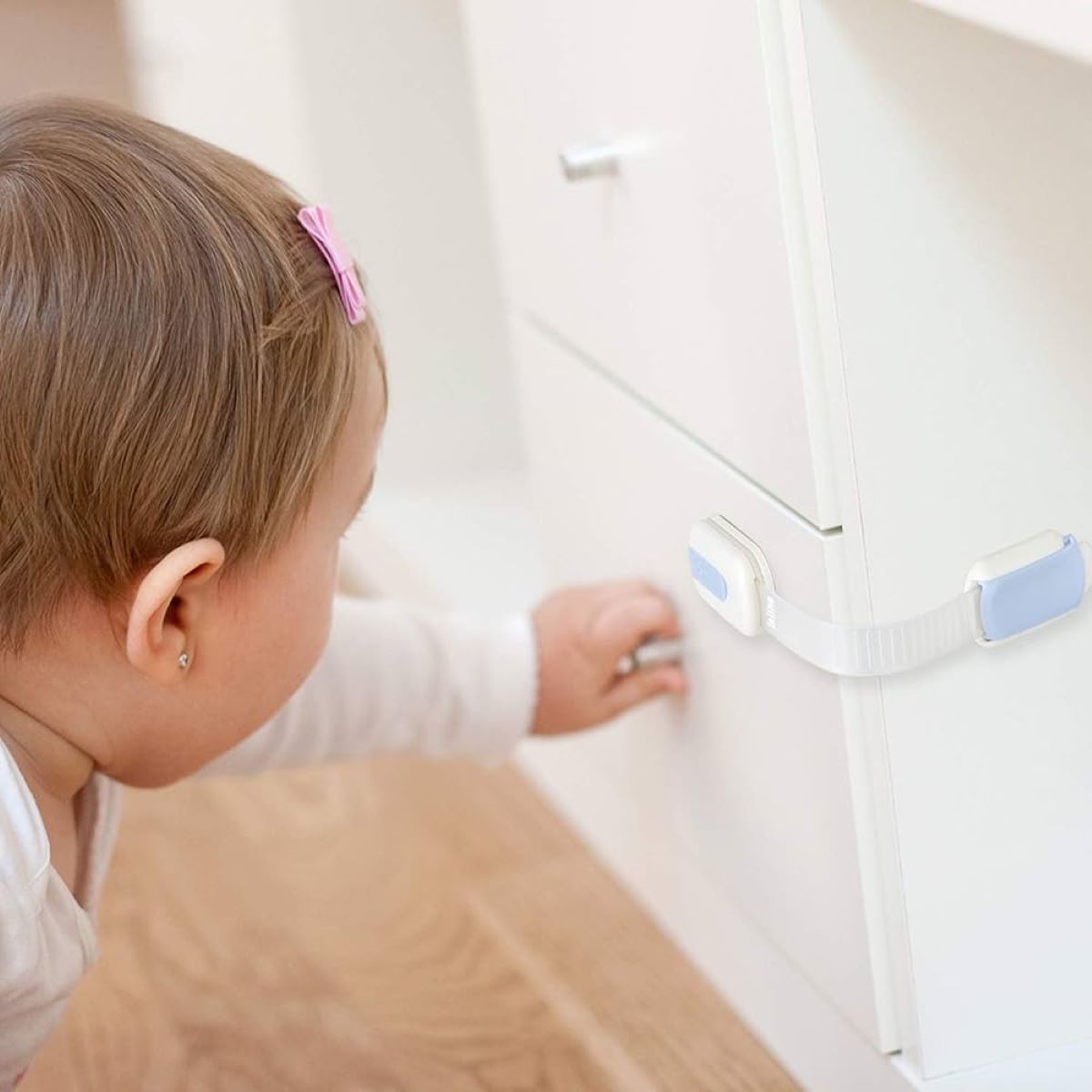

Safety Equipment & Products
How To Childproof Cabinets Without Handles
Modified: April 22, 2024
Learn how to childproof cabinets without handles with our wide range of safety equipment and products. Keep your little ones safe and secure at home.
(Many of the links in this article redirect to a specific reviewed product. Your purchase of these products through affiliate links helps to generate commission for Storables.com, at no extra cost. Learn more)
Introduction
Childproofing your home is a crucial step in ensuring the safety of your little ones. As children grow and become more curious, it's essential to take proactive measures to prevent accidents, especially in areas that pose potential risks, such as cabinets without handles. In this comprehensive guide, we'll explore the various childproofing options available to safeguard your cabinets and, by extension, your child's well-being.
When it comes to childproofing cabinets without handles, a proactive approach is key. By understanding the risks and exploring effective childproofing methods, you can create a secure environment for your children to explore and play without compromising their safety. Let's delve into the world of childproofing and discover the best practices for securing cabinets without handles in your home.
Key Takeaways:
- Childproofing cabinets without handles is crucial for keeping kids safe. Options like magnetic locks and latches provide security while allowing easy access for adults.
- In addition to physical barriers, educating kids about cabinet safety and supervising them is essential. Combining these methods creates a comprehensive approach to childproofing.
Read more: How To Childproof A Cabinet
Understanding the Risks
Before delving into the specifics of childproofing cabinets without handles, it’s crucial to understand the potential risks associated with these seemingly innocuous fixtures. Cabinets without handles present a unique challenge, as traditional childproofing methods may not be directly applicable. Without handles, these cabinets can be particularly enticing to curious little ones, who may attempt to open them by other means, such as prying them open with their fingers or using objects within their reach.
One of the primary concerns with cabinets without handles is the accessibility of hazardous items stored inside. From cleaning supplies and sharp objects to small items that pose a choking hazard, the contents of these cabinets can pose a significant risk to children if accessed unsupervised. Additionally, the force exerted by a child attempting to open a handle-less cabinet can lead to potential injury, as fingers may get caught in the cabinet’s crevices or sharp edges.
Another risk to consider is the potential for toppling. Children may attempt to climb on or pull at the cabinet doors, leading to the cabinet toppling over and causing injury. This risk is heightened in the case of freestanding cabinets without secure anchoring.
By recognizing these risks, you can take proactive measures to mitigate them effectively. Understanding the unique challenges posed by cabinets without handles is the first step toward implementing tailored childproofing solutions that address these specific concerns.
Childproofing Options
When it comes to childproofing cabinets without handles, there are several effective options to consider. Each method is designed to prevent unauthorized access to the cabinet’s contents while ensuring that adults can still easily open and close them as needed. Let’s explore some of the most popular childproofing options for cabinets without handles:
- Magnetic Locks: Magnetic locks are an excellent choice for cabinets without handles. These locks utilize powerful magnets to secure the cabinet doors, preventing children from opening them without the corresponding magnetic key. They are discreet, easy to install, and provide a high level of security.
- Latches and Catches: Latches and catches designed specifically for handle-less cabinets offer a reliable way to restrict access. These devices can be affixed to the inside of the cabinet doors and utilize a locking mechanism to prevent them from being opened by small hands.
- Sliding Door Locks: Cabinets with sliding doors can be secured using sliding door locks. These locks effectively prevent children from sliding the doors open, offering an additional layer of protection.
- Custom Solutions: In some cases, custom solutions may be necessary for cabinets without handles. This could involve the installation of specially designed locking mechanisms or the utilization of alternative childproofing products to suit the unique configuration of the cabinets.
By carefully considering these childproofing options, you can select the most suitable method for securing your cabinets without handles, providing peace of mind while maintaining convenient access for adults.
How to Install Magnetic Locks
Installing magnetic locks on cabinets without handles is a straightforward process that yields excellent results in terms of childproofing. Here’s a step-by-step guide to installing magnetic locks to secure your cabinets:
- Gather Your Materials: Before you begin, ensure that you have all the necessary materials, including the magnetic lock components, a pencil, a screwdriver, and a measuring tape.
- Position the Lock: Determine the ideal placement for the magnetic lock on the inside of the cabinet door. It’s crucial to position the lock in a location that is out of reach and sight of children but still allows for easy access by adults.
- Attach the Lock: Using the included adhesive or screws, affix the magnetic lock to the inside of the cabinet door according to the manufacturer’s instructions. Ensure that the lock is securely fastened and aligned properly.
- Install the Magnetic Key: Place the magnetic key on the outside of the cabinet door in a convenient yet inaccessible location for children. Test the key to ensure that it can easily disengage the lock when needed.
- Test the Lock: Once the magnetic lock is installed, thoroughly test its functionality. Open and close the cabinet door using the magnetic key to ensure that the lock effectively prevents unauthorized access.
- Adjust as Needed: Make any necessary adjustments to the positioning or alignment of the magnetic lock to optimize its performance. It’s important to ensure that the lock operates smoothly and reliably.
By following these steps, you can successfully install magnetic locks on cabinets without handles, creating a secure barrier to prevent children from accessing potentially hazardous items stored inside.
Install magnetic cabinet locks to childproof cabinets without handles. These locks are hidden from view and can only be opened with a magnetic key, keeping your cabinets secure from curious little hands.
Using Latches and Catches
For cabinets without handles, latches and catches offer a practical and reliable childproofing solution. Here’s a detailed guide on how to effectively utilize latches and catches to secure cabinets without handles:
- Choose the Right Product: Select latches or catches specifically designed for cabinets without handles. These products are typically designed to be affixed to the inside of the cabinet doors, providing a secure locking mechanism.
- Position the Latch or Catch: Determine the optimal placement for the latch or catch on the inside of the cabinet door. Ensure that it is positioned in a way that prevents the door from being opened by small children but allows for easy access by adults.
- Install the Latch or Catch: Use the provided screws or adhesive to securely attach the latch or catch to the inside of the cabinet door, following the manufacturer’s instructions. Verify that the mechanism operates smoothly and effectively restricts the door’s movement.
- Test the Security: After installing the latch or catch, thoroughly test its security by attempting to open the cabinet door without disengaging the locking mechanism. Confirm that the latch or catch effectively prevents unauthorized access.
- Ensure Accessibility: While the primary goal is to restrict children’s access, it’s essential to ensure that the latch or catch does not impede convenient access for adults. Verify that the locking mechanism can be easily disengaged when needed.
- Regular Maintenance: Periodically inspect and maintain the latches and catches to ensure their continued effectiveness. Tighten any loose screws and replace any worn components to uphold the security of the childproofing mechanism.
By following these steps, you can effectively utilize latches and catches to childproof cabinets without handles, providing a secure barrier against unauthorized access while maintaining convenient access for adults.
Read more: How To Install Cabinet Handles
Other Childproofing Methods
While magnetic locks and latches are effective childproofing solutions for cabinets without handles, there are additional methods that can further enhance the safety of these areas within your home. Consider the following childproofing methods to bolster the security of cabinets without handles:
- Secure Heavy Items: If your cabinets contain heavy or potentially hazardous items, consider securing them within the cabinet using safety straps or anchors. This prevents items from falling out if the cabinet is opened forcefully.
- Implement Safety Rules: Educating your children about the potential dangers of cabinet contents and establishing clear rules about not accessing cabinets without adult supervision can complement physical childproofing measures.
- Supervision and Monitoring: Actively supervising your children and maintaining a watchful eye when they are near cabinets without handles can prevent potential accidents and unauthorized access.
- Education and Communication: As children grow, educating them about the importance of safety and the potential risks associated with cabinet contents can empower them to make responsible choices.
- Custom Modifications: Depending on the layout and design of your cabinets, custom modifications such as adding handles or retrofitting childproofing mechanisms may be viable options to enhance safety.
By combining these additional childproofing methods with dedicated safety products, you can create a comprehensive approach to safeguarding cabinets without handles, minimizing the risk of accidents and promoting a secure environment for your children.
Conclusion
Childproofing cabinets without handles is a vital aspect of creating a safe and secure environment for your children. By understanding the unique risks associated with these cabinets and exploring effective childproofing options, you can mitigate potential hazards and promote peace of mind within your home.
From the installation of magnetic locks and latches to the implementation of additional childproofing methods, such as securing heavy items and establishing safety rules, there are various strategies to ensure the safety of cabinets without handles. Each method serves to prevent unauthorized access while maintaining convenient access for adults, striking a balance between safety and practicality.
Ultimately, the goal of childproofing cabinets without handles extends beyond physical barriers; it encompasses education, supervision, and open communication about safety within the household. By combining physical childproofing measures with proactive parenting practices, you can create a comprehensive approach to safeguarding your children from potential cabinet-related accidents.
As your children grow and explore their surroundings, a thorough childproofing strategy provides the foundation for a secure and nurturing environment. By prioritizing safety and taking proactive measures, you can foster a home environment where your children can thrive without unnecessary risks or hazards.
Implementing effective childproofing measures for cabinets without handles is a testament to your commitment to your children’s well-being, ensuring that they can play and explore their surroundings safely within the confines of your home.
Frequently Asked Questions about How To Childproof Cabinets Without Handles
Was this page helpful?
At Storables.com, we guarantee accurate and reliable information. Our content, validated by Expert Board Contributors, is crafted following stringent Editorial Policies. We're committed to providing you with well-researched, expert-backed insights for all your informational needs.
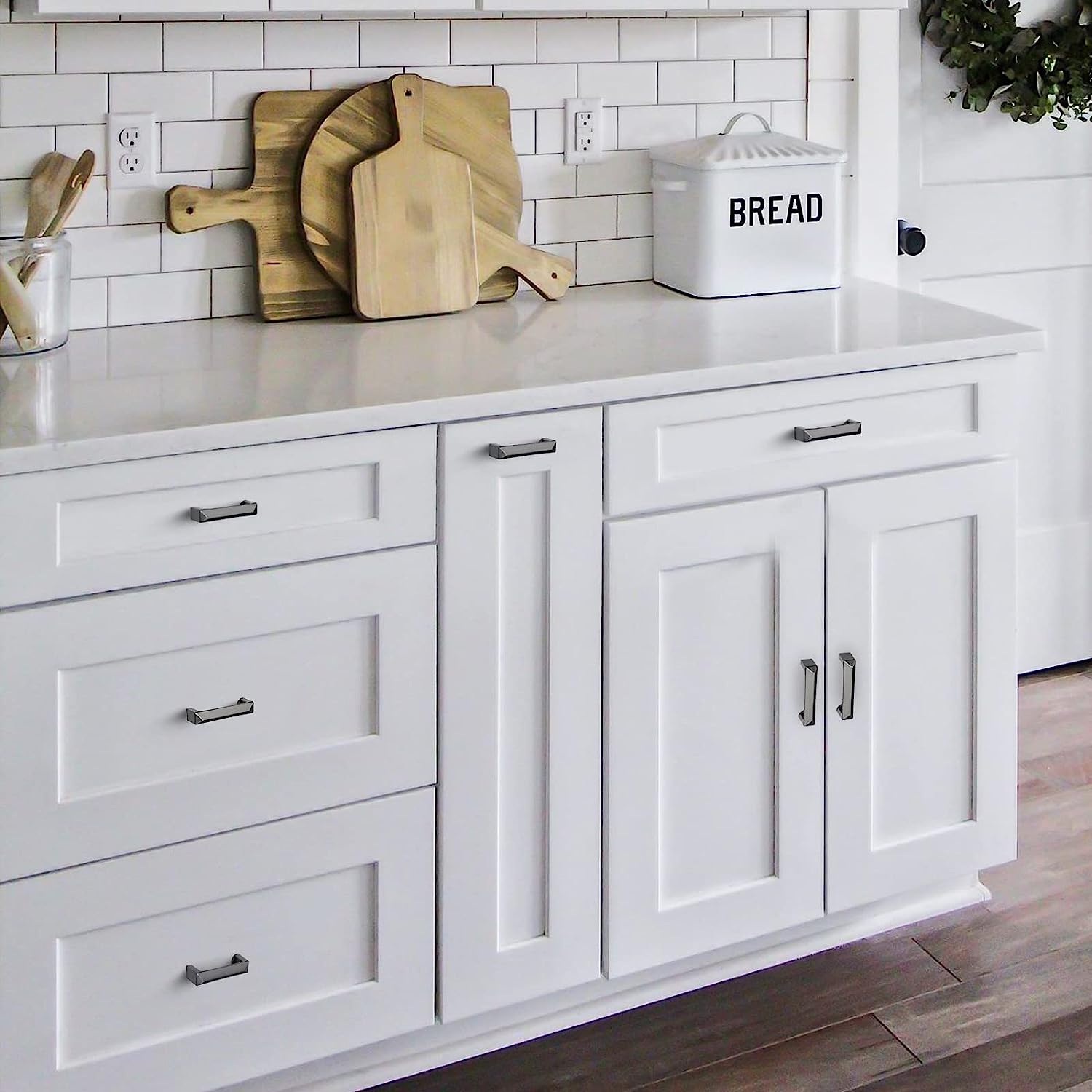

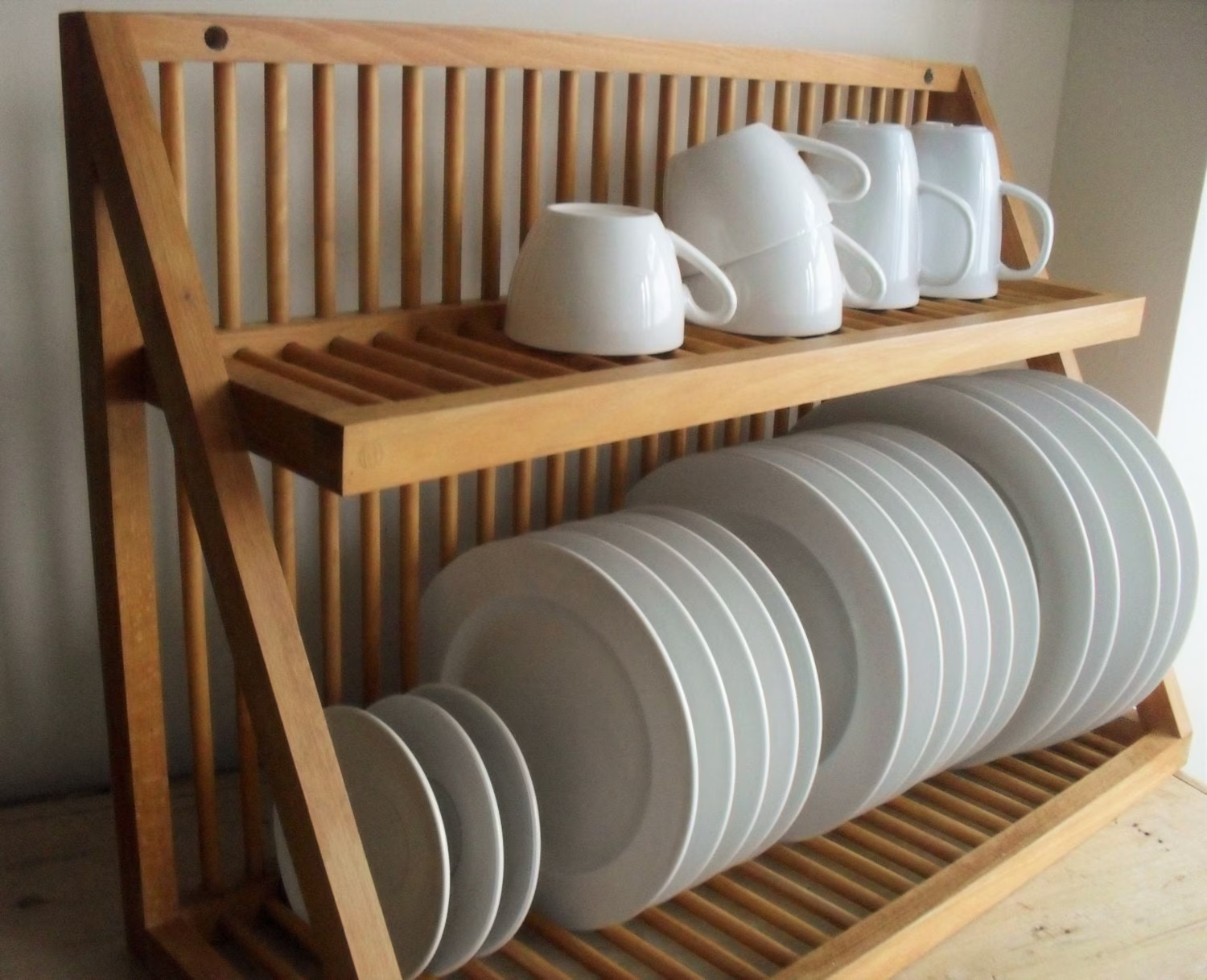
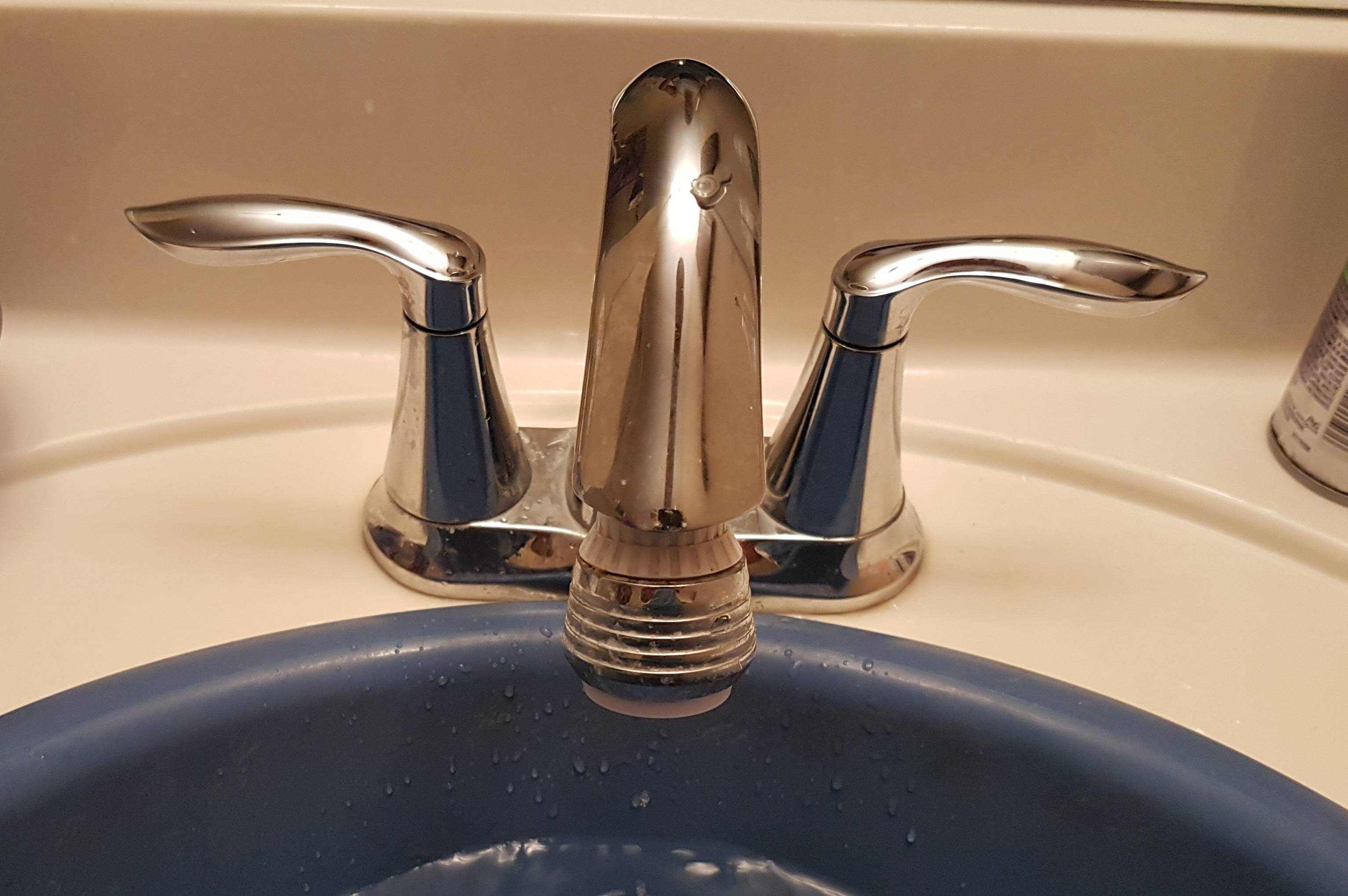
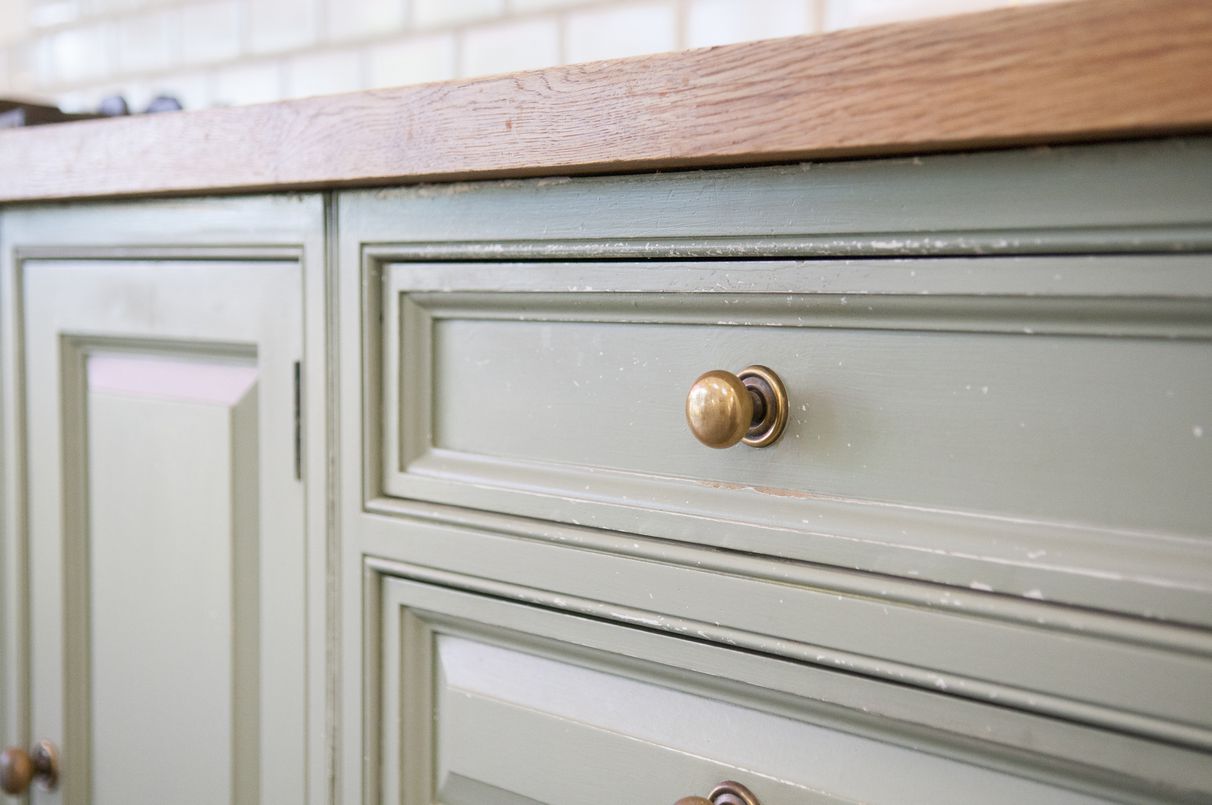


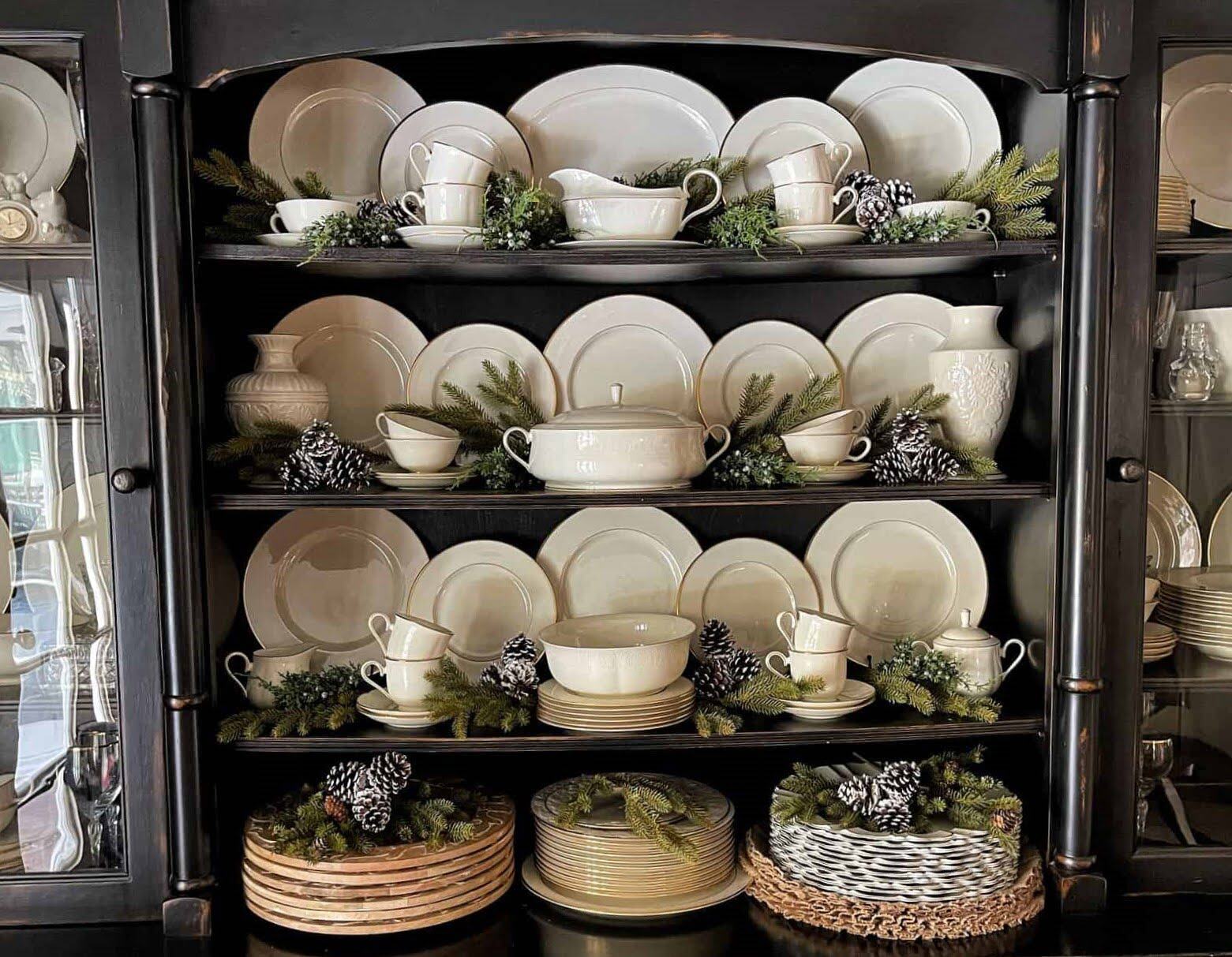
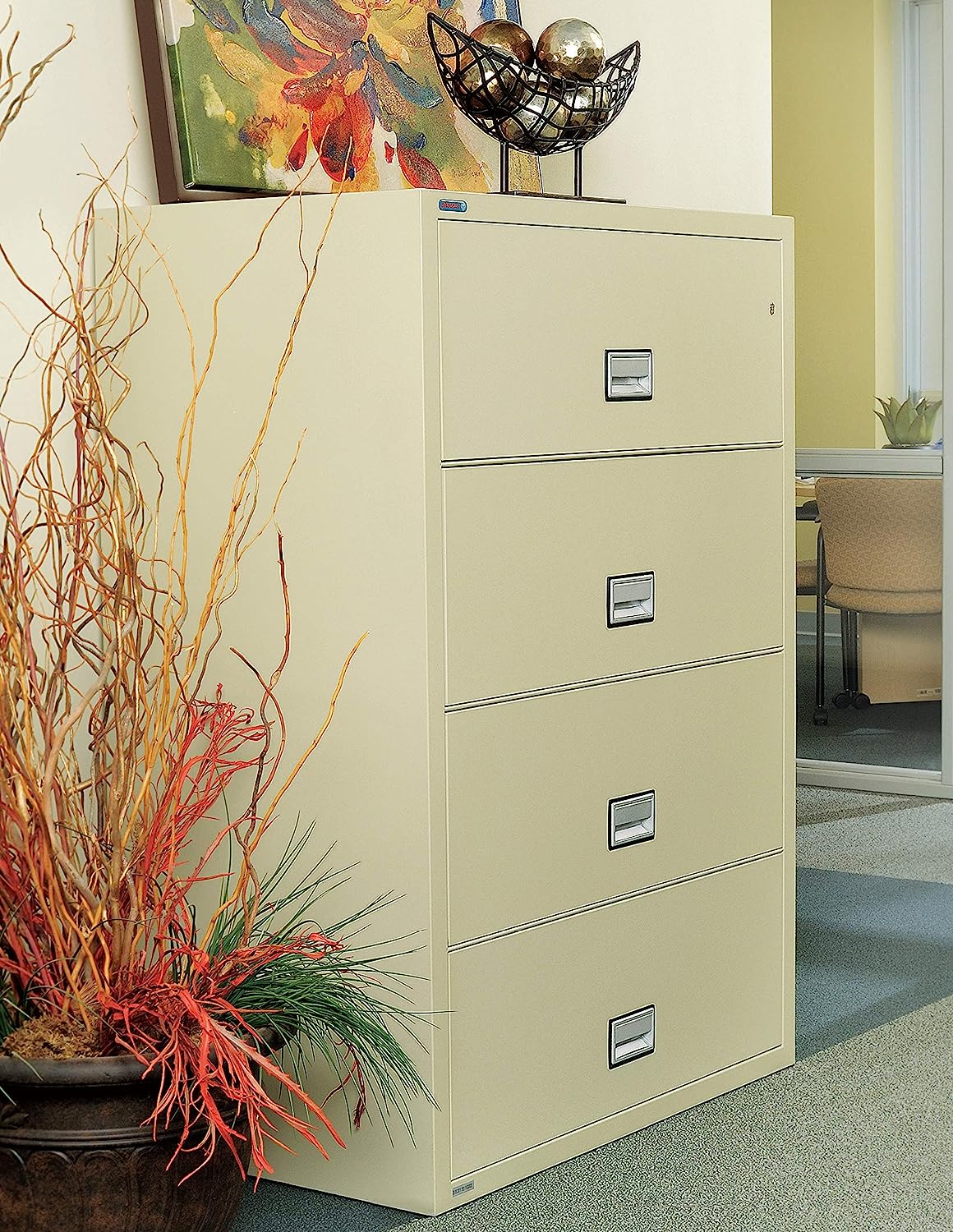

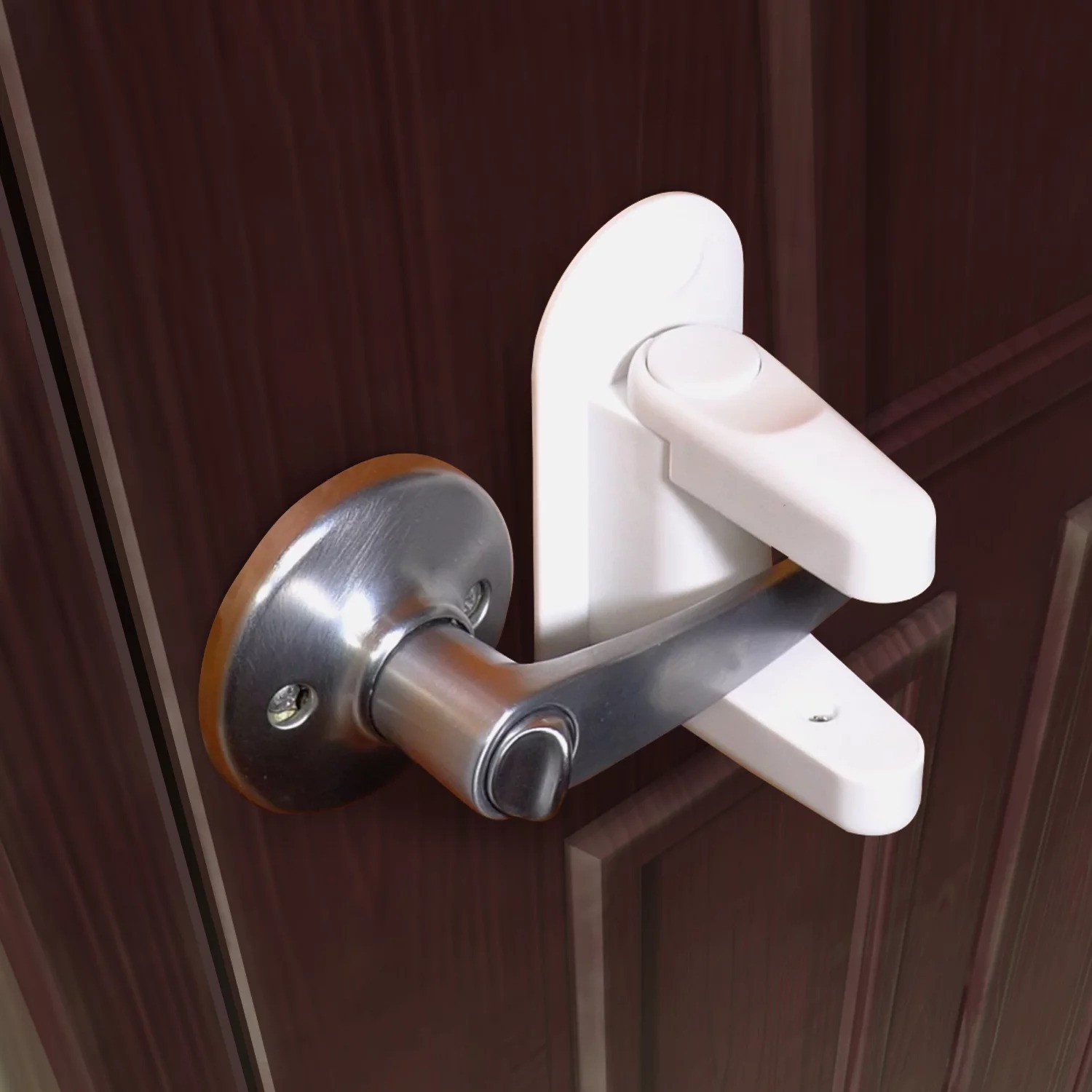
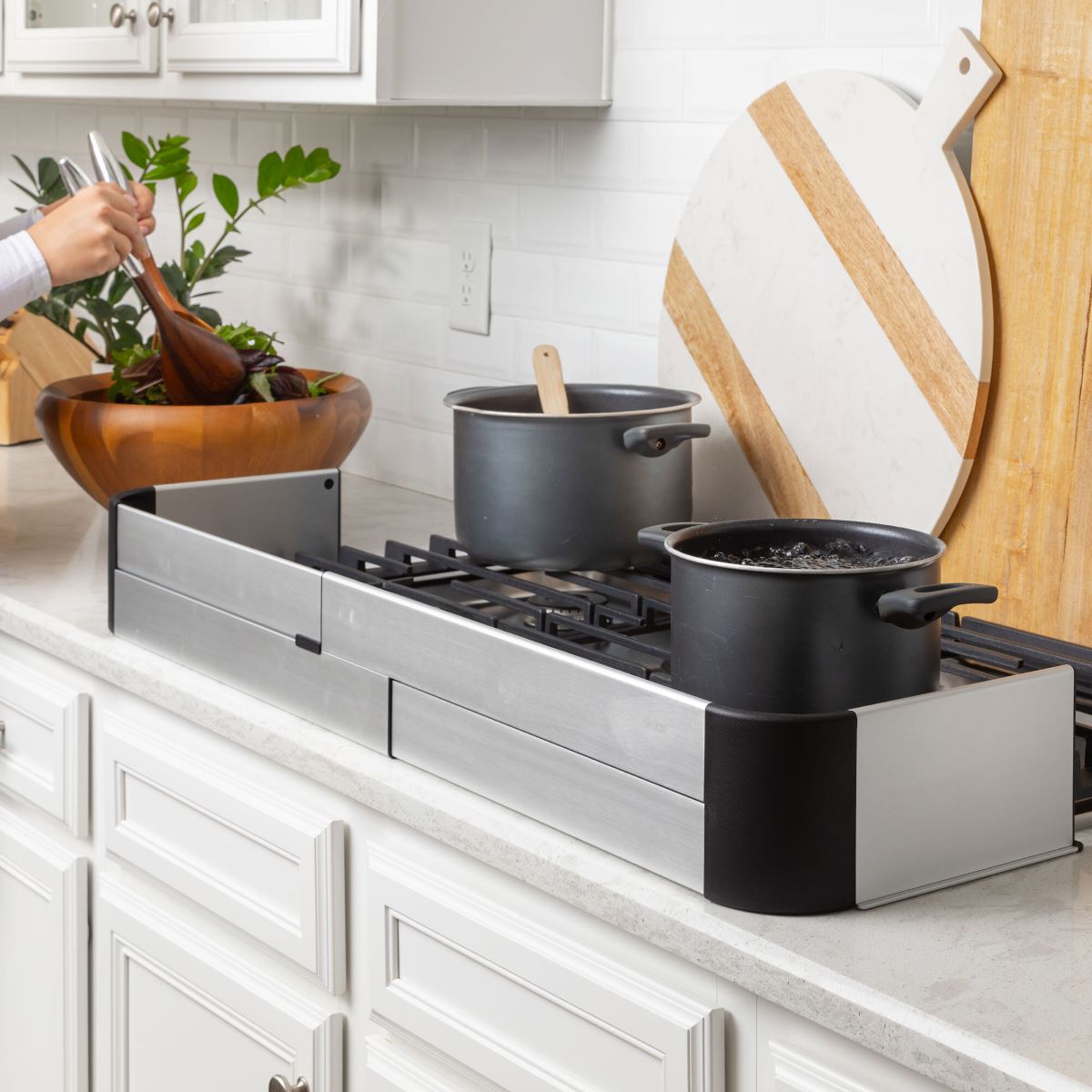

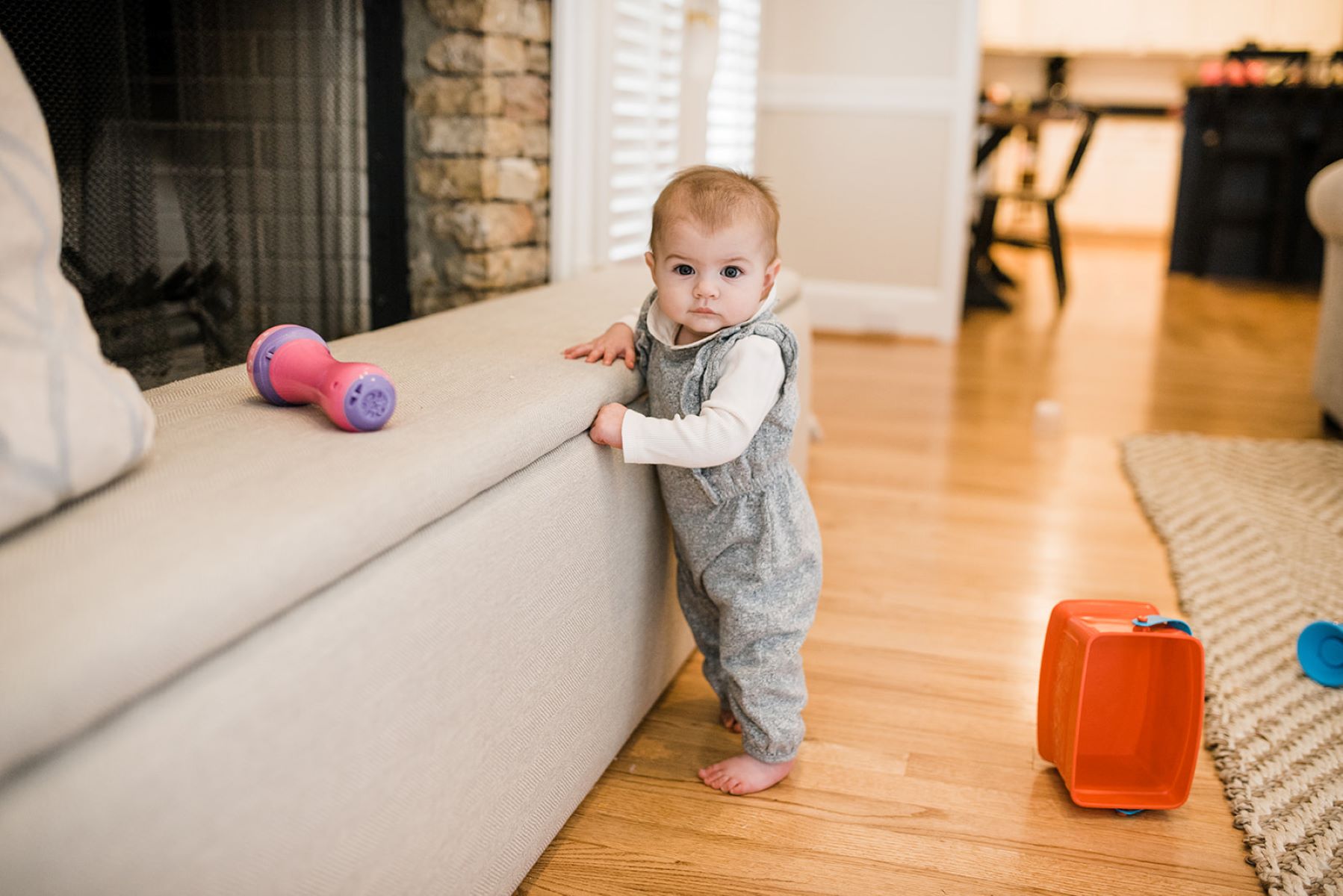

0 thoughts on “How To Childproof Cabinets Without Handles”